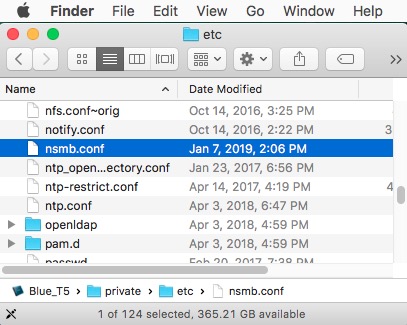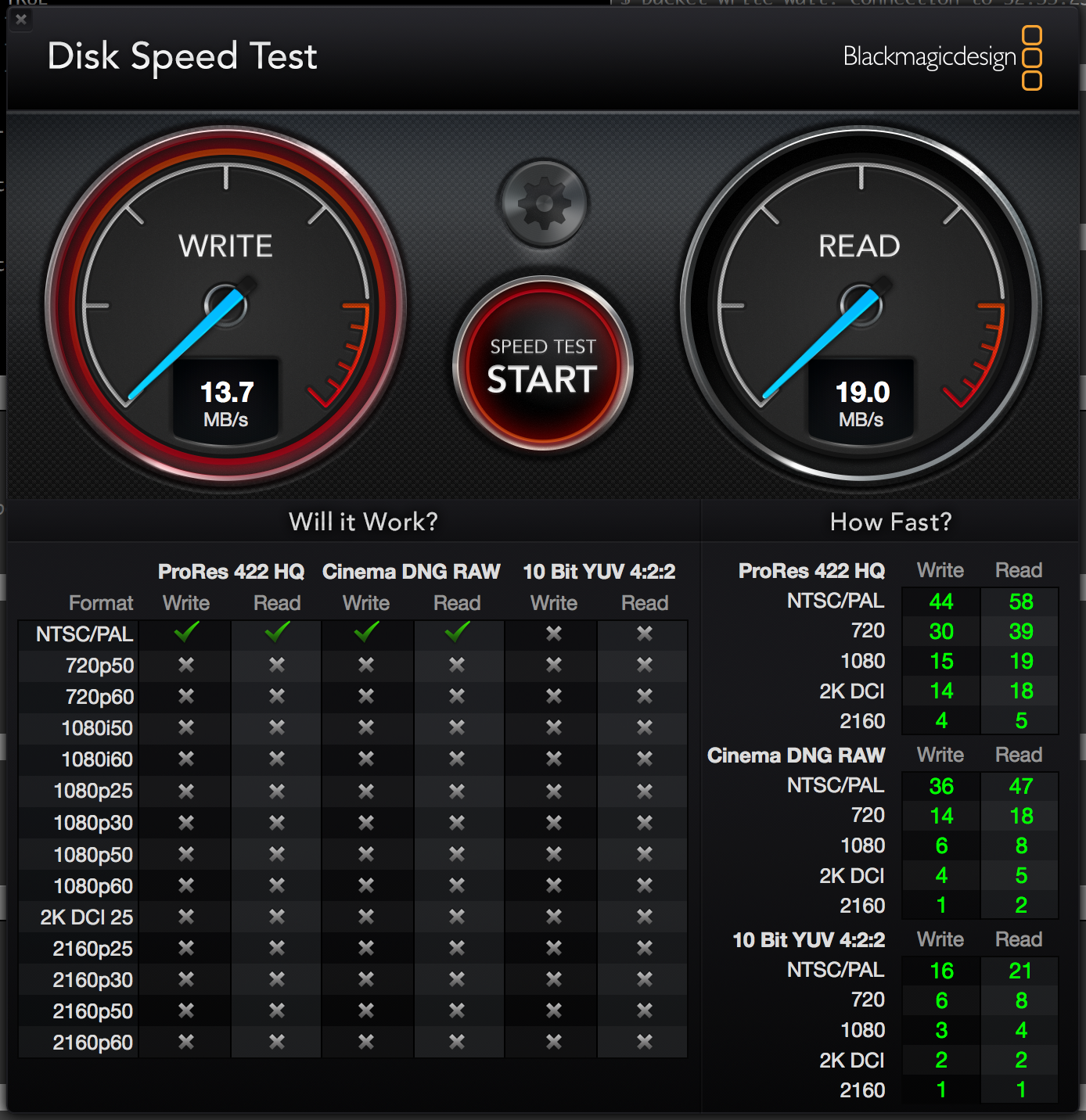
Initially, there was only SMB technology, which was used as a client-server file protocol in the world of personal computers.

Before delving into the technical details of CIFS and SMB technologies, it is necessary to find out the main differences between them. The SMB standard describes a protocol for sending file system commands (open a file, read, write, block and close) from the client to the file server. The Common Internet File System (CIFS) file protocol owes its origin to the Server Message Block (SMB) technology, which first appeared in MS-DOS 3.3. SMB is also used to enter and work in the Active Directory domain.
#MAC SMB CLIENT WINDOWS#
With the release of Windows 2000, it began to work directly using TCP port 445. So what are SMB port numbers? Well, the protocol initially worked on top of NetBIOS using UDP ports 137, 138, and TCP 137, 139. We all know that SMB is a network file-sharing protocol, thus, it requires network ports on a computer or server to allow communication with other systems. In a Microsoft Windows network environment, SMB was the main application layer protocol for working with LAN resources. The promotion of the SMB protocol was provided by Microsoft, including its support in its products. Since Microsoft did not publish the SMB specifications and its add-ons, Samba creator Andrew Tridgell had to reverse engineer the protocol based on packet analysis.
#MAC SMB CLIENT FREE#
In 1992, Samba appeared - a free implementation of the SMB protocol for UNIX-like operating systems. In parallel with Microsoft, the protocol was created and updated in its open implementation Samba. The other part focuses on the use of interprocess communication Inter-process communication (IPC). Part of the SMB protocol section is designed to access the file system, for example, when a user makes a request to a file server to receive a file. when the client sends a request, the server responds to it. Windows SMB protocol works as a client-server application, i.e.

But at the same time, support for old protocols remained for compatibility. In each new version of the protocol, various kinds of improvements were added, aimed at increasing speed, security, and support for new functions. Currently, SMB is mainly associated with Microsoft Windows operating systems, where it is used to implement the Microsoft Windows Network and the File and Printer Sharing. The first version of the SMB protocol was developed by IBM, Microsoft, Intel, and 3Com in the 1980s, the second (SMB 2.0) was created by Microsoft and appeared in Windows Vista. What is SMB protocol: key points and interesting information


 0 kommentar(er)
0 kommentar(er)
